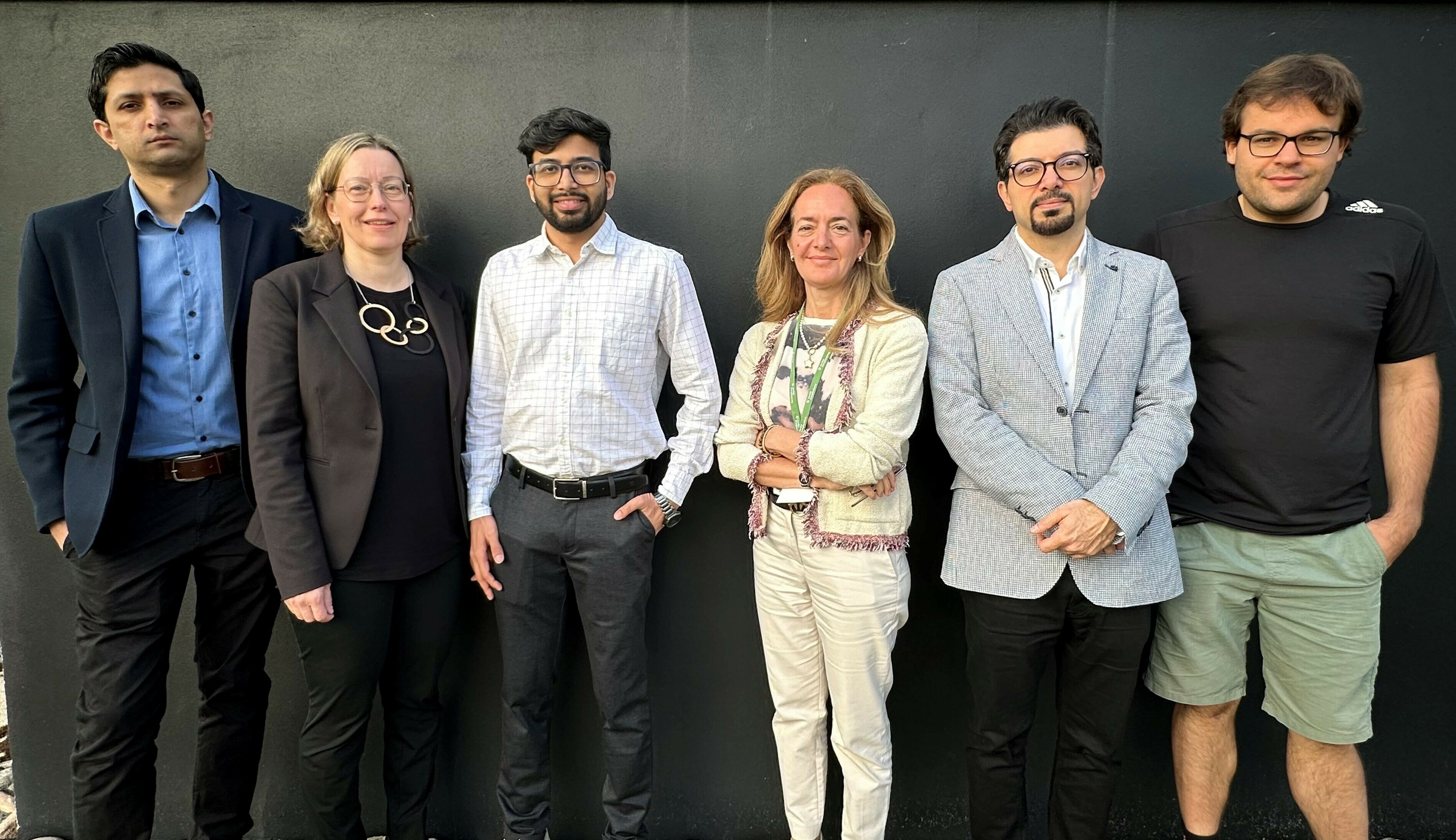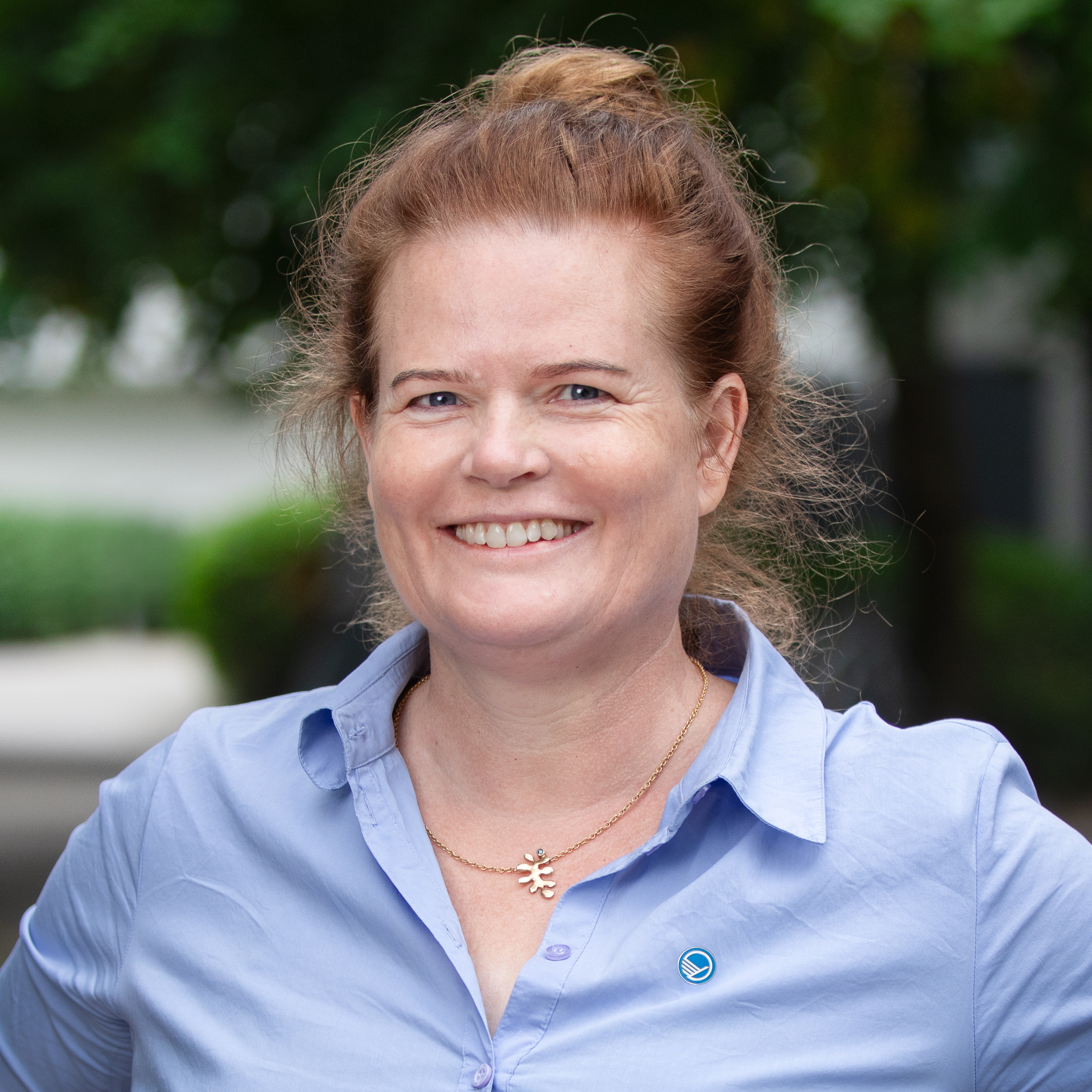
Best4Grid realises EV batteries’ key role for decarbonisation and grid stability
On the Nordic region's path towards carbon neutrality, decarbonisation of the transport sector is essential. The project Best4Grid, funded by Nordic Energy Research within the Nordic Grand Solutions Programme, aims…
On the Nordic region’s path towards carbon neutrality, decarbonisation of the transport sector is essential. The project Best4Grid, funded by Nordic Energy Research within the Nordic Grand Solutions Programme, aims to take the transition towards electric vehicles to the next level, by enabling a broad implementation of vehicle-to-everything technology (V2X) which can both reduce emissions and stabilise the grid.
Implementing a technology with a major role in future energy systems
In the Nordic countries, one-third of energy-related CO2 emissions come from the transport sector, according to the International Energy Agency (2023). Transitioning to green transport is therefore a must in order for the Nordic region to reach its goal of becoming the world’s most sustainable and integrated region by 2030. This transition is to be achieved through electrification and increased usage of renewable energy sources. However, the increased penetration of fluctuating renewable energy sources causes an imbalance between supply and demand for energy, reduced capacity margins, and congestion in electricity networks. In this context, the batteries of electric vehicles (EVs) offer the possibility to store electricity at times when there is a surplus of electricity that can be used at times when there is a deficit of electricity, thereby balancing the electric grid. This is called V2X – vehicle-to-everything.

Project participants of Best4Grid. From left: Shah Rukh Shakeel, Researcher at University of Vaasa, Mona Enell-Nilsson, Senior Researcher at University of Vaasa, Rohit Kothari, Postdoctoral Fellow at Technical University of Denmark, Adriana Gliozzo Kerrn-Jespersen, Project Coordinator at DTU Construct, Miadreza Shafiekhah, Full Professor and Project Leader at University of Vaasa, and Fabian Schwarz, Postdoctoral Fellow at Uppsala University.
The Nordics are uniquely positioned for V2X research
The Nordic region is actively shifting towards the use of EVs. Following the latest data from Eurostat (2022), Norway is leading electric vehicle use in Europe, with roughly 20% of all vehicles being electric. Denmark and Sweden come second and third, where 4.02% and 3.97% of all vehicles are electric, respectively. In addition, the electricity used to charge electric cars from wind turbines was highest in Denmark in 2021 (almost 49%), while Finland had the highest growth rate of passenger EVs between 2021 and 2022.
Being at the forefront of the electric mobility market with a large utilisation of electric vehicles, a large number of charger points, and a broad use of renewable energy sources, the Nordic region is uniquely suited for the first large-scale implementation of V2X, a technology that holds great promise to advance the green transport transition. Fredrik Haglind, Professor at the Technical University of Denmark and Project Leader of Best4Grid, explains:
“By employing an already existing source for electricity storage, the prospects for V2X are tremendous, and it can be employed on all scales.”
For example, the report Forskning och utveckling av V2X i Sverige (Power Circle 2023) has estimated that V2X can provide about 30 GW power to the Swedish electrical grid for 20 minutes (1 million cars, 10 kWh each).

Fredrik Haglind, Professor at the Technical University of Denmark and Project Leader of Best4Grid.
Haglind continues:
“In a household, the EV can be charged at night when the electricity demand and price are low, and then in the morning when the demand and electricity price are high, the electricity needed by the household can be taken from the EV (rather than from the grid). The stored electricity can also be put back to the grid, and by interconnecting many electric vehicles, the EVs can be used to balance the electric grid in the Nordic countries.”
Now is the right time to make a joint Nordic effort on V2X technology
Standards for public EV chargers are currently being employed throughout Europe. A similar framework for V2X solutions needs to be developed for safety and internationalisation purposes, considering that many EVs will cross borders. The deployment of V2X technology is however facing manifold challenges relating to the emerging battery industry, the established vehicle industry, the cold Nordic climate, and not least the many vehicle users and citizens who encounter electro-mobility. Also, the incentives, rules, and regulations change from one country to another.
Therefore, harmonisation and adoption of different grids and energy systems is necessary. In this context, the Nordic countries can provide a robust pioneering ground, where successful technical solutions can spread within the Nordics, and, at a later stage, be exported to other parts of Europe.

Project participants Miadreza Shafiekhah, Rohit Kothari, and Mona Enell-Nilsson at the Kick-off i Billund in April, 2024.
The technological solutions developed within the Best4Grid project aims to be starting point for standardisation. With regard to the variety of aspects involved in progressing the implementation of V2X, Best4Grid is taking a holistic and unified approach to successfully resolve the diverse obstacles that are currently slowing down the transformation to green transport. The aim is to provide technical solutions, a common legislative framework, business strategies, and a roadmap tailored for the Nordics.
Haglind is optimistic about the progress of V2X, but he sees a need to speed up the Nordic effort: “Vehicle-to-everything is predicted to be implemented in full scale in 3–5 years. Now is the right time to make a joint effort in the Nordics on this technology.”
Project partners

- Technical University of Denmark
- Uppsala University
- University of Vaasa
- SCANIA CV AB
- Frederiksberg Forsyning A/S
- Energinet
Follow the project
The first results from the Best4Grid project are expected in 2025. You can follow the project and the other projects within the Nordic Grand Solutions Programme on LinkedIn.

